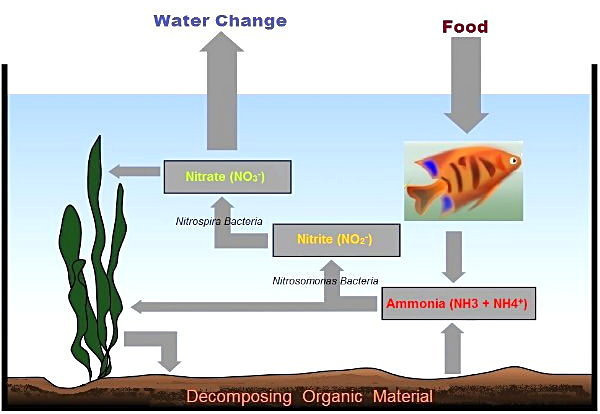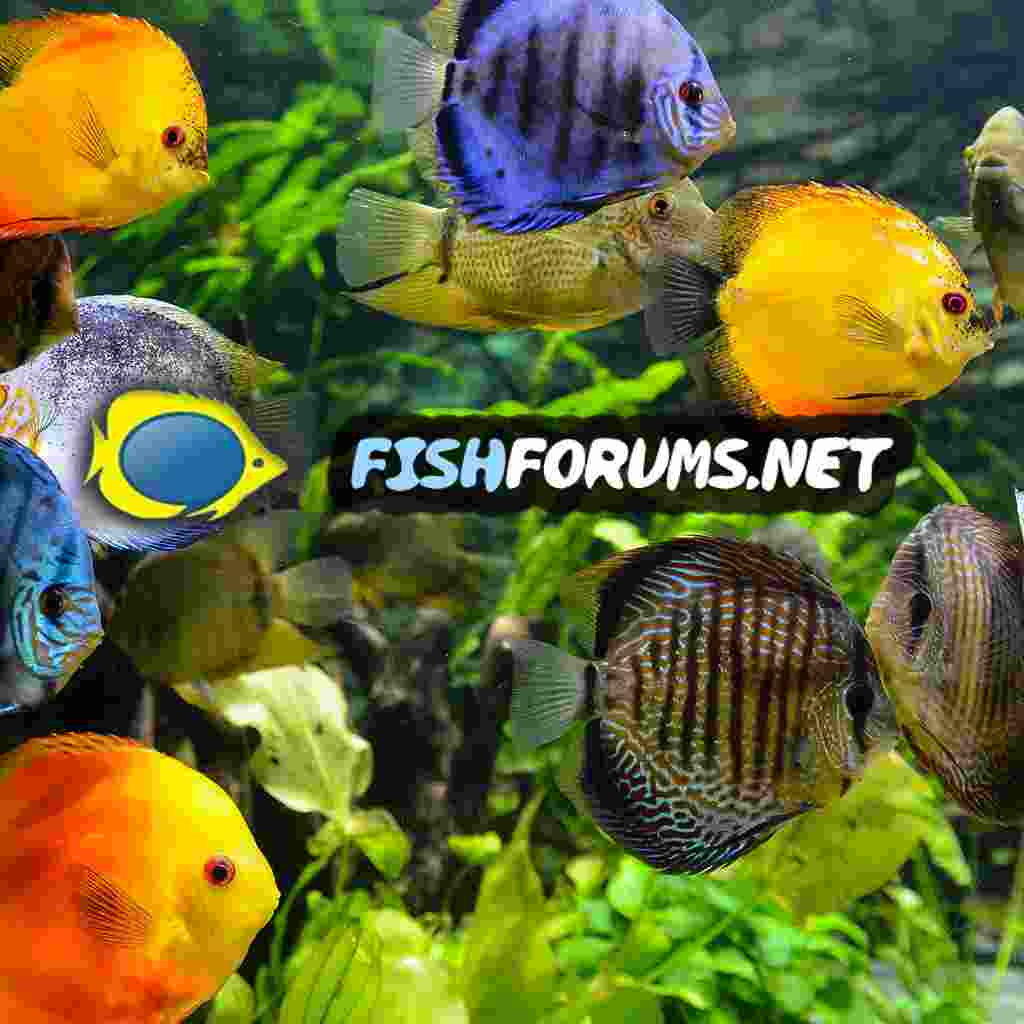NannaLou
Fish Herder
Hello, I have a 25ltr tank specifically for one male Betta.
I’ve tried really hard to become as knowledgable as possible before buying a fish. The tank was running (cycling) for 15 days before adding my first fish. The temperature and water parameters were perfect (the Ph in my area is a little hard, but from reading better than keep trying to change it). After 2 days of what appeared to be happy Betta behaviour, he became lethargic and died on day 4 of ownership (the water parameters were still very good Nitrate not over 5ppm). I was told to leave the tank empty for a week, double check the water parameters and try again. Betta number 2 was happy on Saturday and Sunday and he was dead on Monday morning when I came down.
I’m so sad, that, regardless of my reading, I have done something that has killed two beautiful fish.
So, my first question is any idea what I’m doing wrong. There are no obvious signs of illness or injury.
Secondly, is there any action you would recommend before getting any further fish? (I’m thinking of taking everything out of the tank and scrubbing it with hot water before putting it back - can you clean live plants?)
And finally, should I risk another Betta?
I’m a slightly soppy Pisces and watching them and knowing they were’t happy was breaking my heart...
Any advice will be very welcome, thank you
I’ve tried really hard to become as knowledgable as possible before buying a fish. The tank was running (cycling) for 15 days before adding my first fish. The temperature and water parameters were perfect (the Ph in my area is a little hard, but from reading better than keep trying to change it). After 2 days of what appeared to be happy Betta behaviour, he became lethargic and died on day 4 of ownership (the water parameters were still very good Nitrate not over 5ppm). I was told to leave the tank empty for a week, double check the water parameters and try again. Betta number 2 was happy on Saturday and Sunday and he was dead on Monday morning when I came down.
I’m so sad, that, regardless of my reading, I have done something that has killed two beautiful fish.
So, my first question is any idea what I’m doing wrong. There are no obvious signs of illness or injury.
Secondly, is there any action you would recommend before getting any further fish? (I’m thinking of taking everything out of the tank and scrubbing it with hot water before putting it back - can you clean live plants?)
And finally, should I risk another Betta?
I’m a slightly soppy Pisces and watching them and knowing they were’t happy was breaking my heart...
Any advice will be very welcome, thank you




